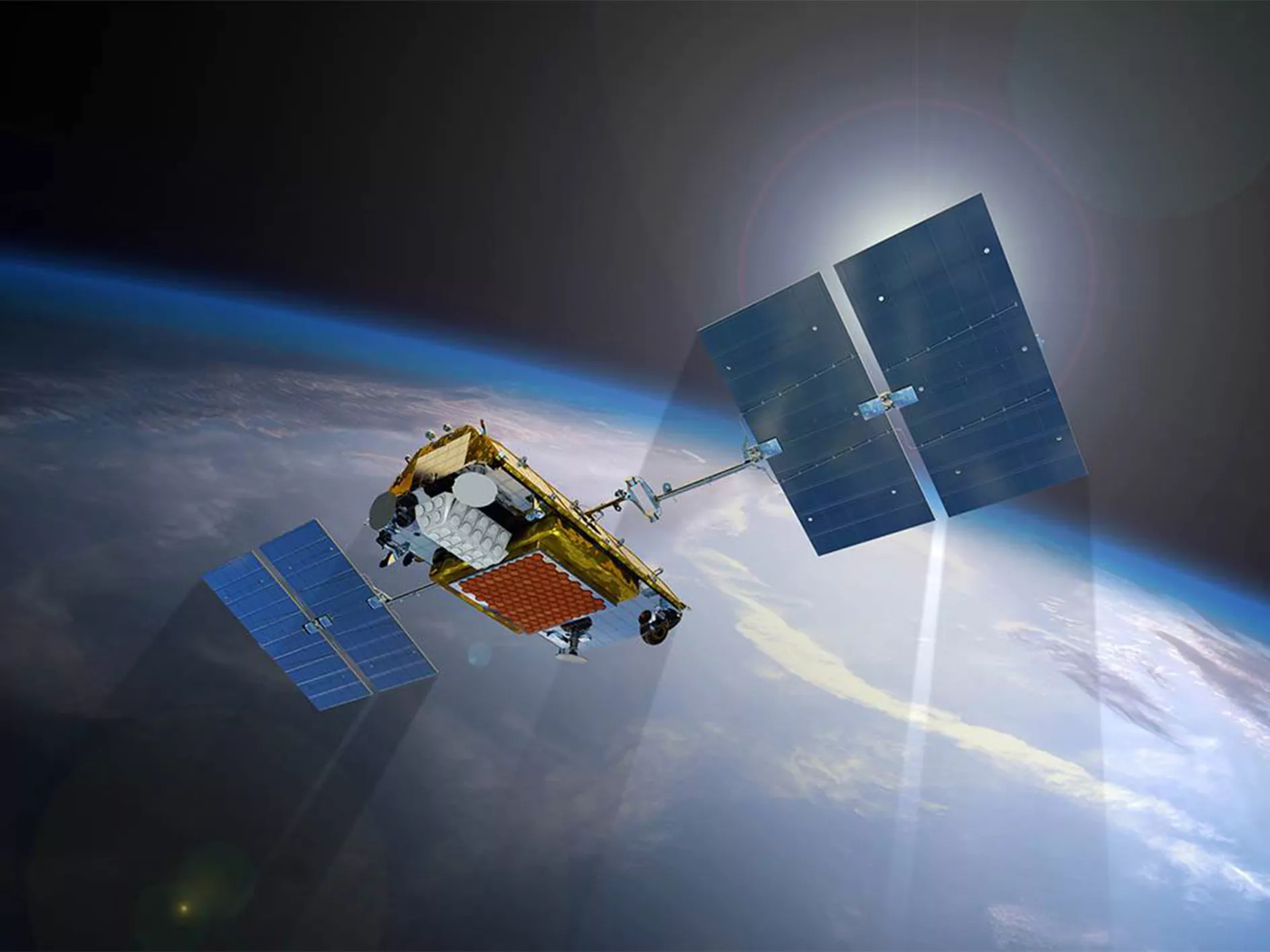The object is located at a distance of 5.6 thousand light years from Earth in the direction of the constellation Cygnus
The James Webb Space Telescope has captured an image of the impressive concentric rings of light surrounding the binary star WR 140. According to astronomers, such an unusual appearance of the nebula is the result of the interaction of powerful stellar winds and dust thrown into space by the rapidly losing mass components of the system.
The stars in the WR 140 system rotate around each other in an elliptical orbit and at the moment of maximum convergence, when the distance between them is approximately 1.3 astronomical units, their powerful winds collide. As the substance cools, dust forms, which is then gradually blown out.
Close encounters of the system components occur once every eight Earth years, and each of them leads to the appearance of another dust ring. In total, there are 20 of them in the James Webb image, which means that the age of the outermost ring does not exceed 160 years.
